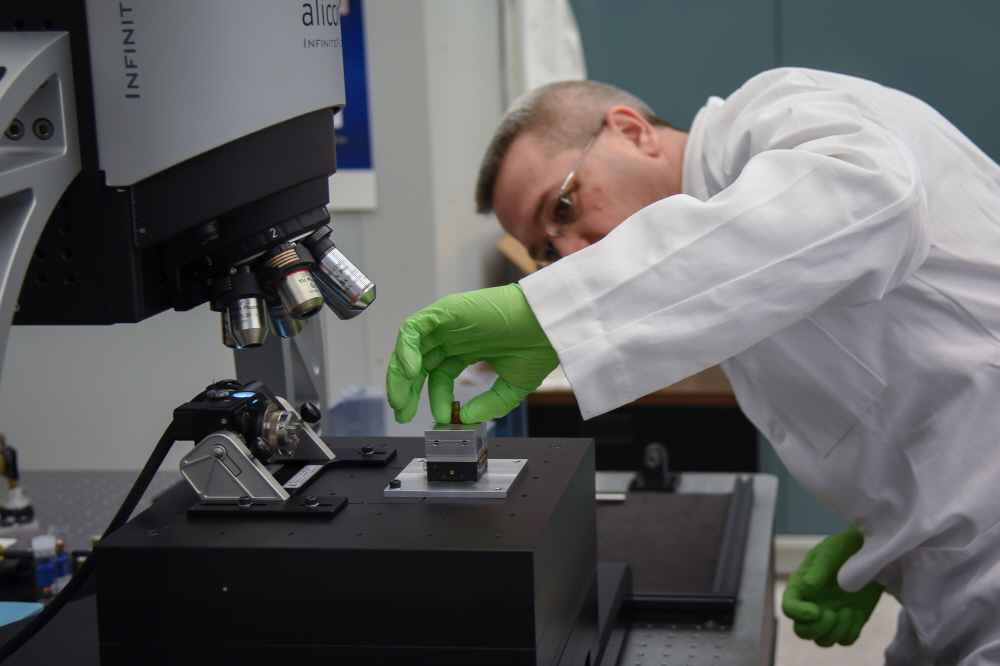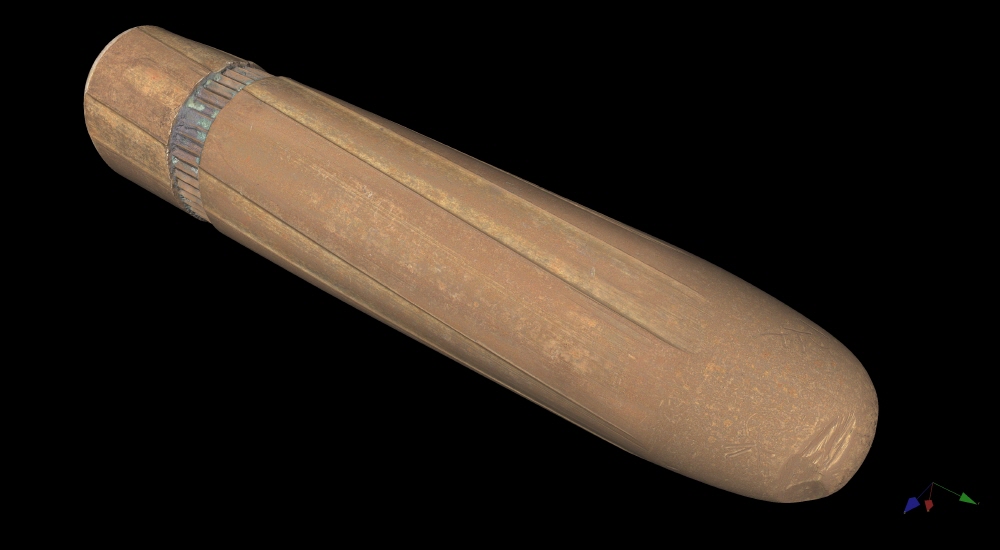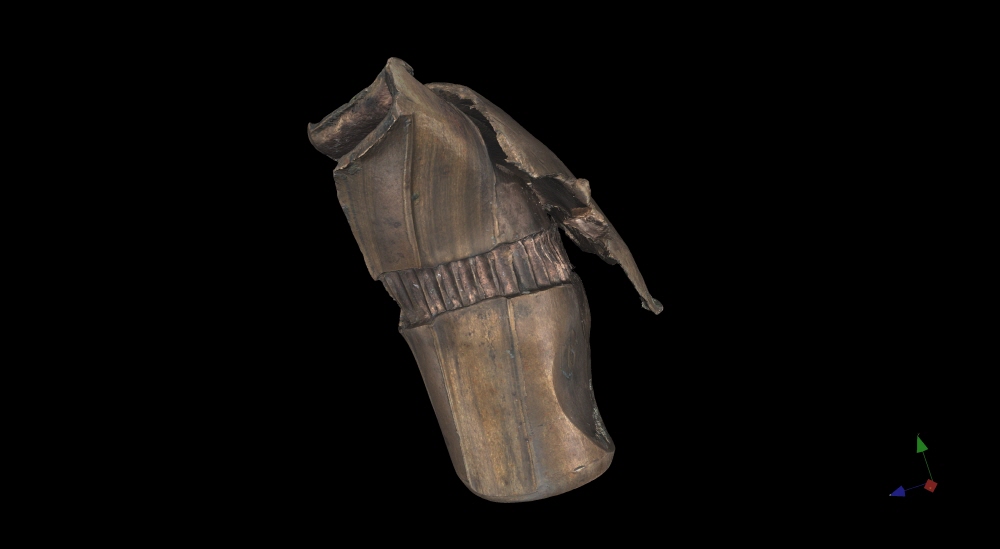
The U.S. Office of Public Archives and Records has acquired sophisticated 3D scan data of bullets used in the assassination of President John F. Kennedy and released online early next year. Acquisition of 3D scans is always made in order to meet the two needs of keeping bullets as an inquiry request.
The Office of Public Archives and Archives obtained a 3D copy using the three-dimensional surface constellation measurement method with the cooperation of the ballistics research team of the National Institute of Standards and Technology (NIST). In this method, bullets are shot through a microscope equipped with multiple lenses with different focal lengths. According to NIST, it creates a 3D scan of a small object fired from a lens-specific focal point over a fairly long period of time. This 3D model reproduces the traces of grooves half-cut on the barrel to increase the straightness of the bullet, and even small scratches that are not visible to the naked eye.


President Kennedy was killed by two bullets during a parade in Dallas. The first shot hit the neck and the second hit the head, which was a fatal blow. This 3D scan is the first bullet. The bullet passed through the president’s throat and then through the wrists and thighs of the Texas governor’s chest at the time he was in the passenger seat in front of the president. This bullet penetrated two people, but kept its clean shape. For reference, the governor of Texas at the time saved his life in this case and served as US Treasury Secretary during the Nixon administration.
The NIST research team says there have been substantial achievements, such as developing new technology to inspect modified bullets for scanning. In the future, this technology can be expected to help with event profile analysis. Related information can be found here .


















Add comment